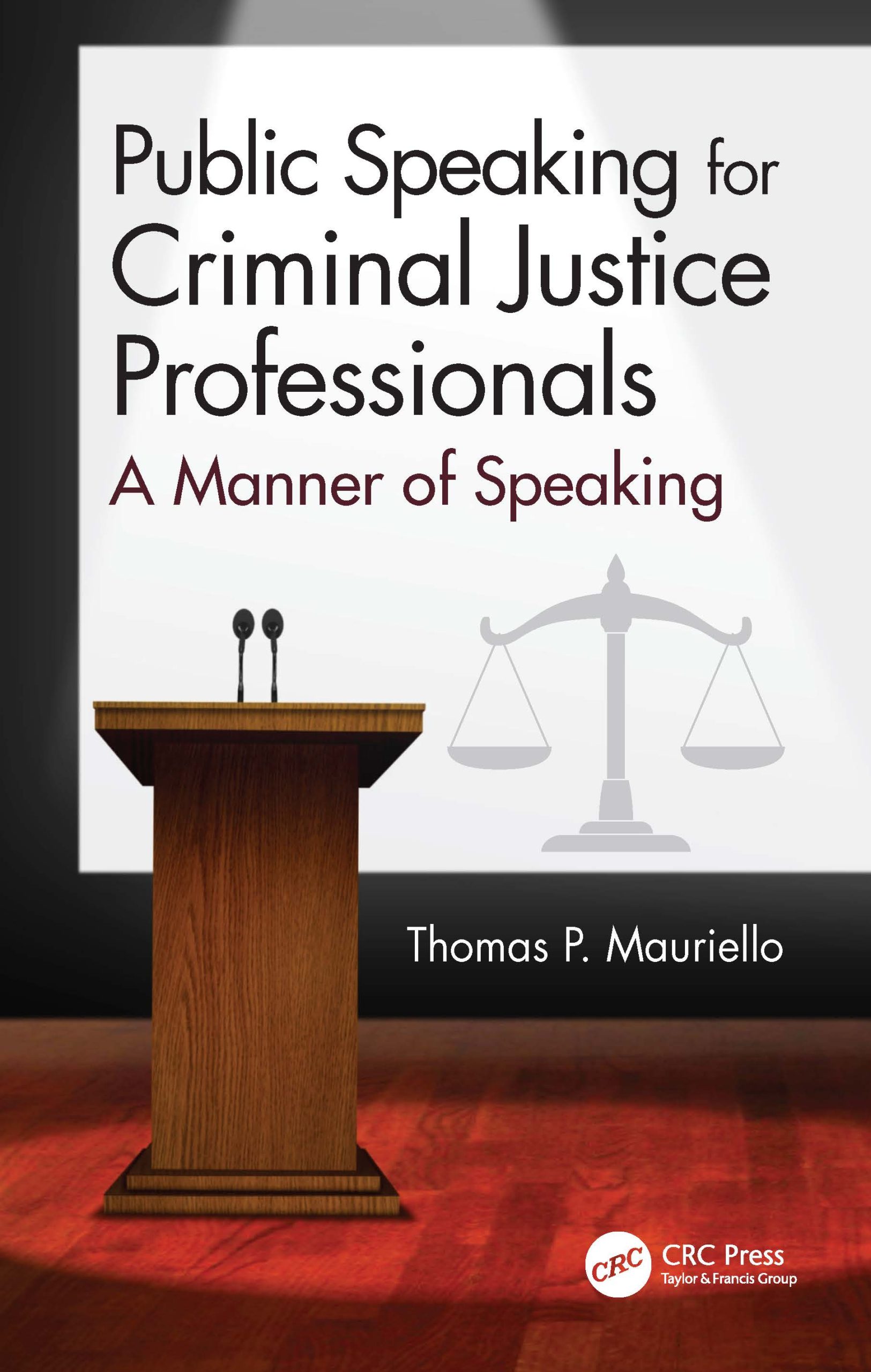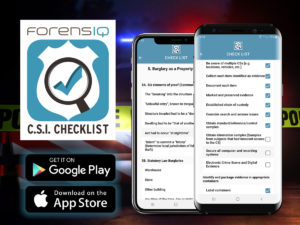New Zealand and U.S. share fingerprints
Once again the United States has made and agreement with an allied country to share fingerprint databases. The New Zealand police will allow the U.S to access their fingerprint database to combat crime and terrorism. New Zealand authorities will have to send individual requests to the US for data matching. As before with Japan, the U.S agencies that will be involved will include the FBI and the Department of Homeland Security. They will be able to compare fingerprints to see if there’s a match and be able to share further information such as addresses, convictions, known associates and aliases.
Click here for full article
Source: New Zealand Herald
[Abstract written by Alicia Terrell, ForensIQ Intern, 041014]
Fox Valley Technical College Creates Body Farm for Research
There are a lot of unanswered questions as to what happens to bodies after death. In order better understand the decomposition of animals and humans in extreme cold, a two-acre body farm will be built as part of Fox Valley Technical College’s Public Safety Training Center in Grenville, WI.
The FVTC research facility, which is scheduled to open in mid-2015, might be used to conduct experiments on how subzero temperatures mummify body tissue, whether insects inside a chest cavity can tolerate freezing weather, or whether scavengers like coyotes and foxes lose interest in a frozen body. The chairman insures that the FVTC will guard the research site with a 10ft-high-fence, barbed wire, and privacy slats to prevent curiosity seekers and thieves from entering the facility and to help treat the donated cadavers with respect.
FVTC plans to work with other research institutions like the University of Wisconsin or the University of Tennessee to conduct experiments and publish the findings.
Source: Post-Crescent Media
[Abstract written by Noel Andres, ForensIQ Student Intern, 4/10/14]
Interested in reading more about this body farm? Click here for the full article!
ForensicWeek.com Show – Episode 57 – Forensic Veterinary Medicine
| ForensicWeek.com is airing Episode 57 this Thursday, April 10th at 7:00 PM (EST). The topic for discussion is “Forensic Veterinary Medicine.” The show will examine how Veterinary Medicine is utilizing the forensic sciences to bring leading investigative techniques to instances of animal crime. Forensic Veterinarian, Dr. Jodie Gerdin is the show’s guest, who is a board-certified veterinary anatomic pathologist with a specialization in veterinary forensic sciences. So join host, Tom Mauriello and student interns LIVE and archived on www.ForensicWeek.com. Thank you for watching! |
Want to wear logo apparel with ForensicWeek.com, ForensIQ or UM-CCJS logos, then go to http://forensiq-inc.com/store/ and select from the ForensIQ Online Store.
Cold Case Safety Net Course: Missing & Unidentified Persons
B.J. Spamer, Program Manager in the Forensic Services Unit at the University of North Texas Center for Human Identification, will present a 60-minute training course for all agencies that handle long-tern missing and unidentified person cases.
This self-paced on demand course will:
- 1. Provide an efficient and effective four-step process to initially address all missing and unidentified cold cases
- 2. Ensure that investigators receive maximum benefits of database searching and outside resources with a minimal initial effort
Once an initial cold case safety net response is complete, traditional cold case selection factors can be applied to prioritize cases for further investigative response. This course is sponsored by the National Institute of Justice and RTI International and is free and open to all.
Click here to learn more and register for this free course!
Source: RTI International
[Abstract written by Noel Andres, ForensIQ Student Intern, 4/3/14]
Free Course on Developing a Missing Persons Protocol
B.J. Spamer and George Adams will deliver a 60-minute presentation designed to provide law enforcement agencies with the information needed to develop protocols that will ensure consistent and effective investigations of missing person cases. The material covered in this online training course is applicable to all law enforcement agencies and will cover resources that will assist agencies to better respond to, and investigate, missing person cases. Although this course is intended for law enforcement, medical examiners, and corners, it is free and open to all audiences.
Source: RTI International
[Abstract written by Noel Andres, ForensIQ Student Intern, 4/3/14]
Body Farm
Fox Valley Technical College in Wisconsin will be creating a body farm for research and training. A body farm is an outdoor research facility where forensic scientists have animal carcasses and human cadavers in different settings where they can study decomposition. This farm will help in determining time and circumstances of death that can be used in investigation. There are body farms in Colorado, North Carolina, Pennsylvania, Tennessee and Texas. What is unique about this body farm is that researchers will be able to study decomposition in extreme cold. For those who are thinking about donating their bodies to science here’s a way to make a difference in the forensic community.
Click here for full article
Source: USA Today
[Abstract written by Alicia Terrell, ForensIQ Intern, 040314]
Fluorescent Sensor Detects the Date-Rape Drug
The technical term for the date-rape drug is GHB or Gamma-Hydroxybutyric acid. It is a central nervous system depressant that can incapacitate a person. GHB is odorless, colorless, and little salty and is pretty much undetectable when mixed in a drink. It takes effect within 15 to 30 minutes and can last for three to six hours. This is the reason why sexual predators use it. A Chemistry team from the National University of Singapore has developed a fluorescent sensor that detects the presence of GHB. The sensor is highly sensitive and produces a quick response. When the GHB is added to a drink the sensor’s florescent color looses its intensity. The team plans to invent a portable GHB detection kit within a year. This could make a vast difference in the prevention of GHB facilitated sexual assault.
Click here for full article
Source: Forensic Magazine
[Abstract written by Alicia Terrell, ForensIQ Intern, 040314]
Fingerprints May Hold More Information
For years, fingerprints have been significant in terms of identifying people involved in crimes, whether they are victims, suspects, or neither. But what if fingerprints could tell us more about the person they belong to than simply their identity? In the near future, this could be a reality as Sheffield Hallam University has pioneered technology to do just that. The technology is called Matrix Assisted Laser Desorption Ionisation Mass Spectrometry Imaging (MALDI-MSI) and is said to be able to determine the sex of the individual as well as certain chemicals or objects that they have recently come into contact with.
Click here to read more.
[Abstract by Walter Tates, ForensIQ Inc. Intern. 040214]
Fiber Identification – Getting Deeper than the Surface
X-ray photoelectron spectroscopy is a technique used to determine the chemical signature of the surface of whichever fabric is being tested. This is performed by zapping the test sample with a focused X-ray beam, knocking electrons off of the surface and into a detector to measure the kinetic energy possessed in the electrons. This technique, however, is not very effective on fabrics treated with chemicals. Using a tweaked method of this technique, Brian Strohmeier, a scientist at Thermo Fisher Scientific, a laboratory-instrument company based in Massachusetts, is able to get beyond the surface and past the chemical treatments. This opens the door to a more comprehensive analysis of the fabric and where it originated.
Click here to read the article.
[Abstract by Walter Tates, ForensIQ Inc. Intern, 040314]
The ForensicWeek.com Show – “Unresolved Crime”
| F |
orensicWeek.com is airing Episode 56 this Thursday, April 3rd at 7:00 PM (EST). The topic for discussion is “Unresolved Crimes.” The show will examine cold case investigations and how one of our guests has designed a Cold Case Investigation Model to assist investigators on how to resolve cold cases and unresolved homicides. Guests include Dr. James Adcock, Center for the Resolution of Unresolved Crime; and two return guests, retired NYPD detectives Joe Giacalone and John Paolucci, experts in Cold Case Review & Investigative Training. Want to learn what is really being done to reduce unresolved crime in the U.S.? Then join host, Tom Mauriello and his guests and student interns LIVE and archived on www.ForensicWeek.com. Thank you for watching!
Free Spanish Language Training Course for Law Enforcement Officers
The National Institute of Justice has developed a course to help officers obtain a fundamental understanding of the Spanish language and apply that knowledge to law enforcement situations. The online self-paced training course is divided into five sections:
- Basic knowledge
- Interviews
- Crime scene
- Motor vehicles
- Domestic violence
The first section provides Spanish fundamentals, descriptions, interrogatives, arrest commands, and grammar concepts, while the later sections provide law enforcement scenarios and require the user to answer questions to each scenario. This course is free, open to all, and no registration is required.
Click here to access the website and learn more!
Source: National Institute of Justice
[Abstract written by Noel Andres, ForensIQ Student Intern, 3/27/14]
Challenges in “Drug-facilitated Sexual Assault Investigations” Training Module
Dr. Marc LeBeau, Chief of the FBI Laboratory’s Chemistry Unit, will present an 80-minute online training module that will summarize the challenges associated with drug-facilitated sexual assault investigations. The course will identify evidence collection and laboratory testing strategies, and address recommendations for medical professionals, investigators, prosecutors, and toxicologists to effectively investigate drug-facilitated sexual assault cases. Pre and post course evaluations will be conducted throughout the module and a Certificate of Completion will be granted to the participant upon competition. Although this course is designed for individuals experienced in sexual assault investigations, it is free and open to all!
Source: RTI International
[Abstract written by Noel Andres, ForensIQ Student Intern, 3/27/14]
Voice Biometrics Technology
Nuance Communications has created a tool called Nuance Forensics. It is a voice biometrics solution that can assist with criminal investigations and the prosecution and defense of suspects. Nuance uses a voice biometrics technology to help confirm or deny someone’s identity based on audio files that are used during investigations. This technology delivers accurate and unique identifying characteristics based on an individual’s voice. Instead of listening to hours of audio recordings, investigators can use Nuance to pinpoint conversations of interest by filtering out audio recordings. This will accelerate the investigations and may be able to be used for the purposes of prosecution or defense of a suspect. Nuance Forensics also has innovative algorithms that can identify dialect, the language spoken, and the gender of a speaker in a recording.
Click here for full article
Click here for more info on Nuance Communications
Source: Forensic Magazine
[Abstract written by Alicia Terrell, ForensIQ Intern, 032714]
DNA Mugshot
Genetics have been used in the past to hypothesize ancestry based on physical features that can be predicted through the information coded in DNA. But is it possible to predict what the person actually looks like? A new technology called “molecular photofitting” is being explored as a way to produce an image of a suspect based on DNA left at a crime scene. Using several genetic variants found in DNA coding, it is already possible to determine ancestry and some shades of hair color, but strides have been mad to narrow the scope down to determining facial structure, as variants in genes have been linked to predicting facial shape.
Click here to read the full article.
[Abstract Written by Walter Tates, ForensIQ Inc. Intern, 032714]
Measuring Up – Tools for the Investigator
It is always important to use the right tools for the job, and even more important to use them correctly to improve accuracy. This principle can be applied to measuring equipment as well. With the various types of measuring tools available to investigators, it is important to know which tool is ideal for the type of situation at hand and also how to make sure your measurements are as accurate as possible when they are made and recorded. This article provides tips and pointers on tools ranging from Rolatape to laser devices.
Click here to view the article.
[Abstract by Walter Tates, ForensIQ Inc. Intern, 032714]






